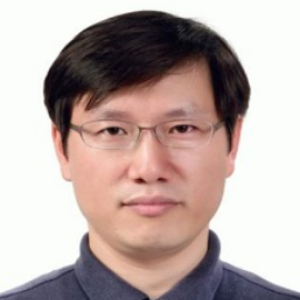Title : Overview of radioactive cesium removal from nuclear wastes
Abstract:
After the Fukushima Daiichi Nuclear Power Plant disaster in Japan in 2011, the demand drastically increased for efficient technology for the removal of radioactive cesium. Many researchers have suggested using physical adsorption methods to remove radioactive cesium from contaminated water. For example, polymers, nanocomposites, and clay have all previously been investigated for their capacity to remove radioactive cesium through the interaction between the negatively charged surfaces of naturally occurring adsorbents and the positive charge of radioactive cesium. However, powder-type adsorbents cannot be used to treat contaminated water in a real, open environment because there is no easy way to collect the adsorbents after they are used. In particular, adsorbents can cause blocking phenomena, which could be addressed by encapsulating the adsorbents with suitable modification that could alleviate the clogging and resolve the post-treatment separation problem. Therefore, novel solid absorbents are needed to allow easy separation of the materials from the contaminant environment to prevent secondary contamination. In this talk, I will overview the adsorbents for the efficient removal of cesium from nuclear wastes.



